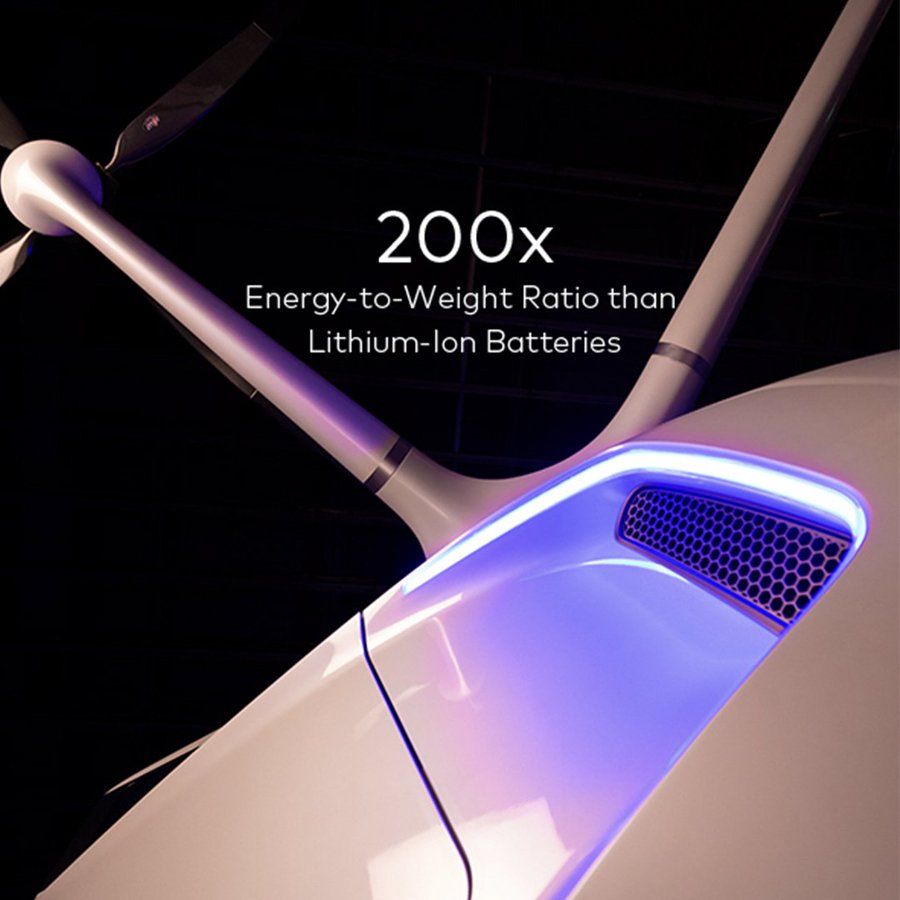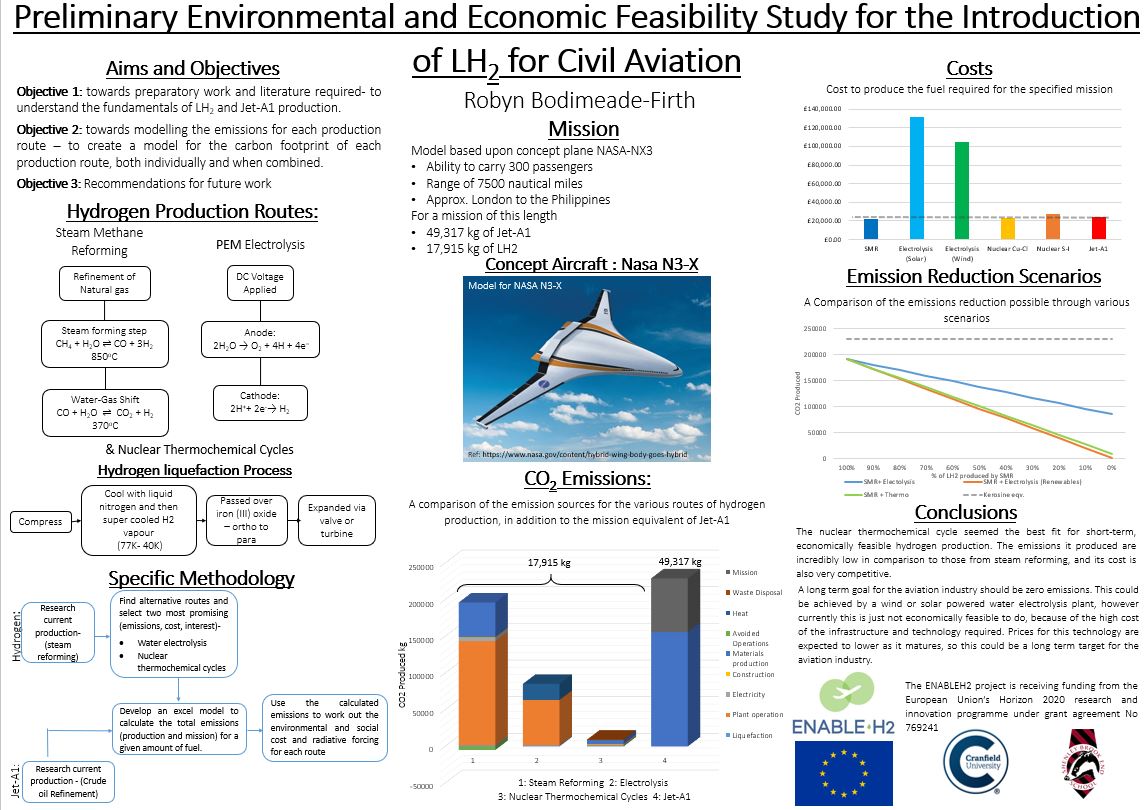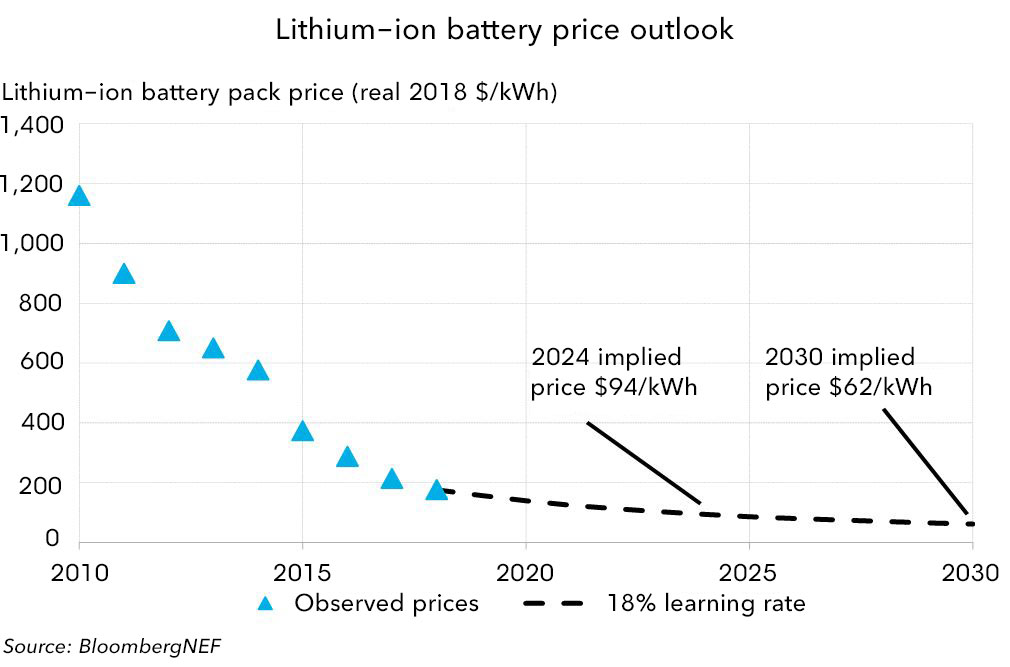sendler2112 said:
Keep in mind that the Arstechnica article about this new direct catalytic water splitting technique states " nearly achieves 100% of the theoretically predicted efficiency". But it never gives any metric indication of what the productivity would actually be. How many hydrogen grams per square meter per and energy input per day? How do you insolate or energize all of these plates while also having a collection system for the gas? The article is optimistically spun as is usual for Arstechnica and doesn't bother to tell us any meaningful information of actual production.
Yes, I do agree it is lacking in detailed information of how it all happens.
I suspect this is a combination of the researchers not wanting to
"show all their cards" because they don't want competitors stealing their idea, but still they still to tell the public what they are doing.
Watching the fuelcell news on this Twitter account makes me feel like a lot of movement is happening.
https://twitter.com/fuelcellsworks
But I do relate to the idea that the slowest place to see FuelCells is inside regular passenger cars.
I think it's a bit like being offered two models of a advanced home robot that can do all the same things but one is fuel-cell and the other is lithium-ion.
Even though the fuel-cell robot might be able to stay powered for 5 times longer before needing a refuel, I would still take the lithium-ion battery robot because it can conveniently charge it self at home without me having to do anything.
But conversely heavy industries have very different problems. So the benchmark of fuel-cells taking over the world by measuring the standard passenger car take is completely all wrong, it isn't as viable in this area.
https://www.cnbc.com/video/2020/06/04/nikola-executive-chairman-trevor-milton-on-the-companys-public-debut.html
[youtube]NYBj83HttG4[/youtube]
This is why we keep seeing fuel-cells taking over in trains, buses, ships.
https://www.bbc.com/future/article/20200227-how-hydrogen-powered-trains-can-tackle-climate-change
https://www.railwaygazette.com/traction-and-rolling-stock/hydrogen-fuel-cell-train-trials-completed/56545.article
Conversely I been wondering how far have these charts claim lithium-ion cell price claims are going to cheaper than fossil fuel etc.
We are past the half way mark to 2021 now but to me lithium-ion cells still cost about the same as a few years ago?
https://www.mining.com/chinese-battery-breakthrough-neednt-worry-cobalt-price-bulls/
I am currently thinking we have hit the peak of how cheap lithium-ion cells can get, I dont think they will get any cheaper.
Are these price claims of the past and future accurate?
According to this article we should be at $160 per kwh in lithium-ion now in 2020 in June.
How do we measure it?
I like to go to this site and order 1 kwh of cells
https://ru.nkon.nl/rechargeable/li-ion/21700-20700-size/samsung-inr21700-50e.html
If we take the Samsung INR21700-50E at 5Ah per cell.
5Ah x 3.6v = 18Wh per cell.
1000wh / 18Wh_cell = 55.5_Sansung_50E_cells
55.5 x €3.80 = €210 for 1Kwh
Or $237 USD.
Whether these price projections are supposed to include shipping and building costs of the actual pack could be included and would cost more, or some folks would say they can source cells cheaper?
What about this 18650 cell
https://ru.nkon.nl/rechargeable/li-ion/18650-size/samsung-inr18650-32e-3100mah-6-4a.html
This seems to be one of the best decent cheap cells I could find, but its not the premium lithium-on chemistry used in EV car cells of NCM (nickel-cobalt-manganese) or nickel-cobalt-aluminum
I am using their "Buy 600 times for €2.15" and excluding the delivery costs...
89.6 cells for 1Kwh.
89.6 x €2.15 = €192 or $216 USD.
Tesla currently can't be used because they just lose money, so we should be trying to use some kind of non false economy metrics here.









